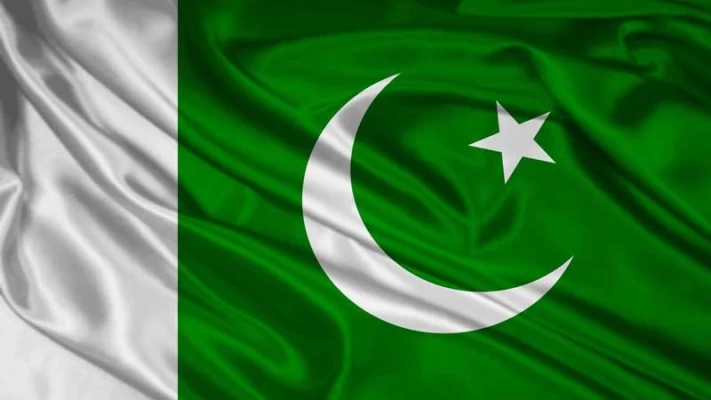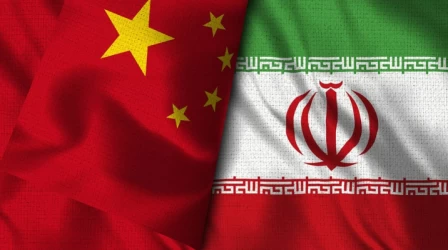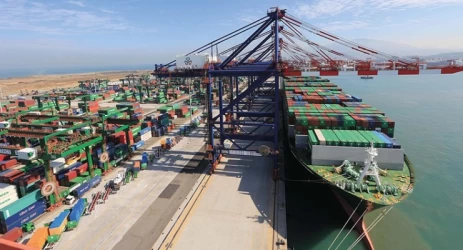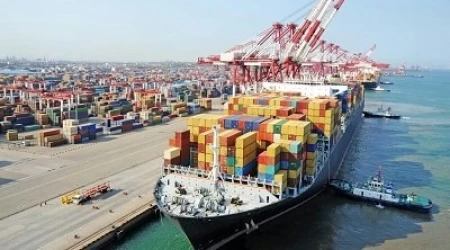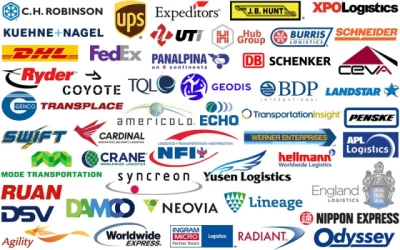Guide to trade with Pakistan, sea transport
Pakistan, located in South Asia, is strategically positioned between several key global markets. With a population exceeding 220 million, it offers a burgeoning consumer base and a diverse economy. This comprehensive guide will explore the intricacies of trading with Pakistan, focusing on maritime transportation, regulations, opportunities, and challenges that traders may encounter.
1. Overview of Pakistan's Economy
Pakistan's economy is diverse, with significant contributions from agriculture, manufacturing, and services. Major sectors include textiles, agriculture, information technology, and pharmaceuticals.
Key Economic Indicators
- GDP Growth Rate: Approximately 3-5% annually (varies by year).
- Inflation Rate: Can fluctuate, affecting purchasing power.
- Unemployment Rate: Around 4-6%, depending on economic conditions.
Major Trading Partners
- China: The largest trading partner, primarily importing textiles and agricultural products.
- United States: Significant partner for textiles and clothing exports.
- United Arab Emirates: Major source for petroleum products and machinery.
2. Importance of Maritime Transportation
Maritime transport is crucial for trade with Pakistan, given its access to the Arabian Sea. The country has several key ports that facilitate international shipping.
Major Ports in Pakistan
- Port of Karachi: The largest and busiest port, handling the majority of the country's cargo.
- Port Qasim: Second in size and vital for container shipping and industrial goods.
- Gwadar Port: An emerging port under development, offering strategic access for trade with China and Central Asia.
3. Regulations and Compliance
When engaging in trade with Pakistan, it's essential to be aware of the legal and regulatory framework that governs imports and exports.
Customs Regulations
- Customs Duties: Pakistan applies tariffs ranging from 0% to 25% on various goods.
- Value-Added Tax (VAT): Set at 17% on most goods and services.
- Import Licensing: Certain items require licenses; check with the Pakistan Ministry of Commerce.
Documentation Requirements
- Commercial Invoice: Details the transaction and is essential for customs clearance.
- Bill of Lading: Proof of shipment and contract between shipper and carrier.
- Certificates of Origin: May be required for tariff preferences.
4. Maritime Shipping Process
Understanding the maritime shipping process is critical for successful trade with Pakistan. Here's an overview of the steps involved.
Step-by-Step Shipping Process
- Pre-Shipment Planning: Select the right shipping method and route.
- Cargo Preparation: Ensure goods are properly packaged and labeled.
- Booking Cargo Space: Contact shipping lines to reserve space.
- Documentation: Prepare and submit all necessary documents.
- Customs Clearance: Ensure compliance with customs regulations upon arrival.
- Delivery: Arrange for transportation from the port to the final destination.
Shipping Costs
- Freight Charges: Based on cargo weight and volume, shipping distance, and route.
- Insurance Costs: Recommended for protecting goods during transit.
- Port Handling Fees: Charges for loading and unloading cargo at the port.
5. Trade Opportunities
Pakistan offers numerous opportunities for international traders. Key sectors to explore include:
Emerging Sectors
- Textiles and Apparel: Pakistan is one of the world's largest textile manufacturers, providing a range of products from raw cotton to finished garments.
- Agriculture: Opportunities exist in exporting agricultural products such as rice, fruits, and vegetables.
- IT Services: A growing sector, with increasing demand for software development and IT solutions.
Special Economic Zones (SEZs)
The government has established SEZs to encourage foreign investment, offering tax incentives and streamlined regulations for businesses.
6. Challenges in Trade
While trading with Pakistan presents opportunities, it is also accompanied by certain challenges:
Common Challenges
- Bureaucracy: Complex regulations and lengthy customs clearance can lead to delays.
- Infrastructure Issues: Transportation and logistics may face challenges due to underdeveloped infrastructure.
- Political Stability: Fluctuating political conditions may affect trade policies and practices.
7. Conclusion
Trading with Pakistan can be a lucrative venture for international businesses, particularly in sectors such as textiles, agriculture, and information technology. Understanding the maritime transportation landscape and navigating regulatory requirements are crucial for successful operations. By addressing potential challenges and capitalizing on trade opportunities, businesses can build fruitful relationships in this dynamic market.
If you have any specific questions or need further assistance, feel free to ask!

